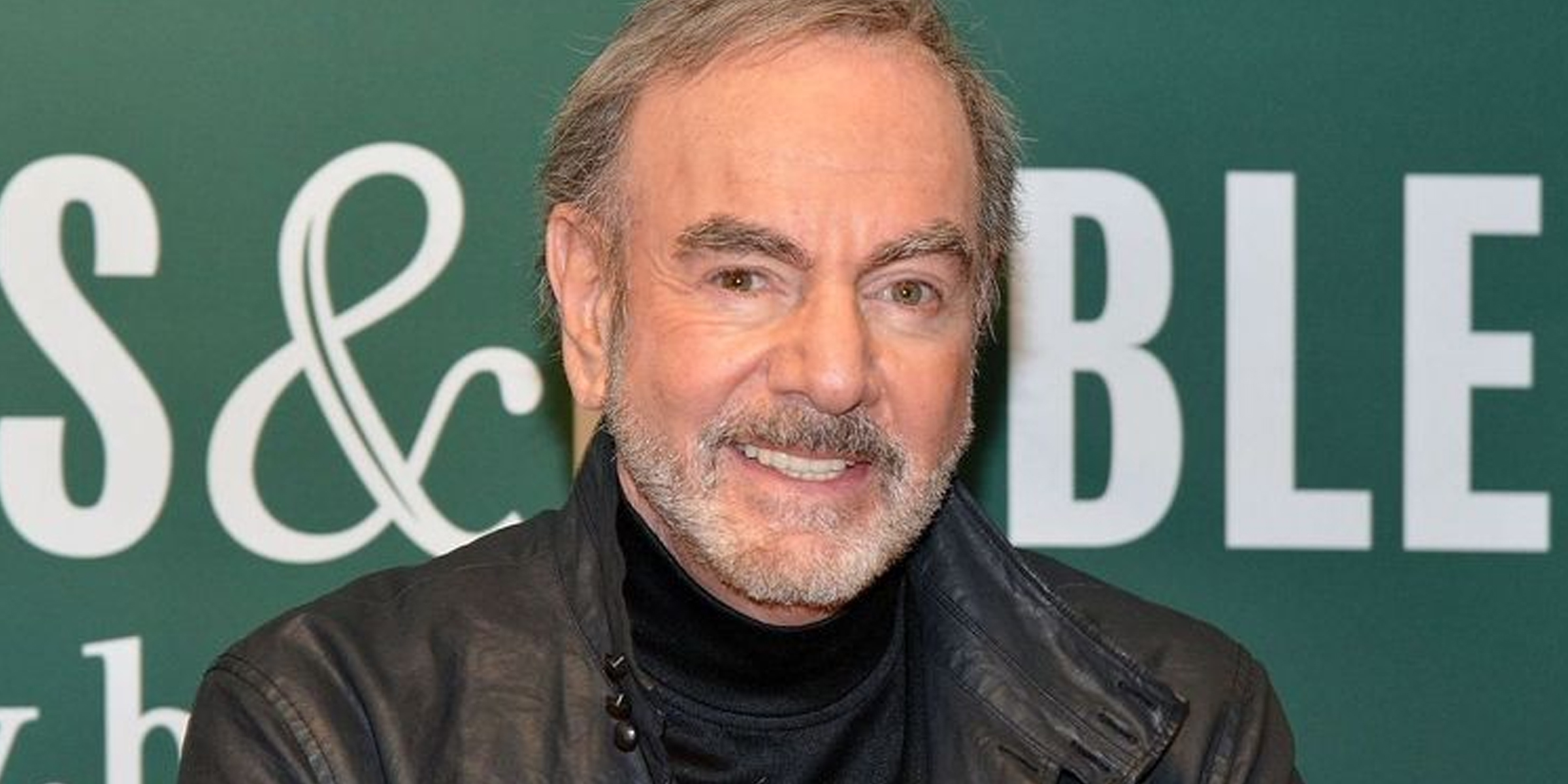
This '70s Music Legend Stepped Away From the Spotlight After a Parkinson's Diagnosis — What Happened to Him?
He once filled the world's largest arenas with fans singing his words back to him. Now, most of his days are spent in a quiet Los Angeles studio surrounded by decades of awards, where music is no longer a career but a lifeline.
During the 1970s, he performed hit after hit for audiences who packed his concerts. His songs, written and sung by him, led to a touring schedule that kept him on stage for decades.

The singer performs onstage, circa 1977 | Source: Getty Images
In 2018, doctors diagnosed him with Parkinson's disease. On their advice, he retired from touring, canceling the final leg of his 50th anniversary tour and stepping away from the spotlight.
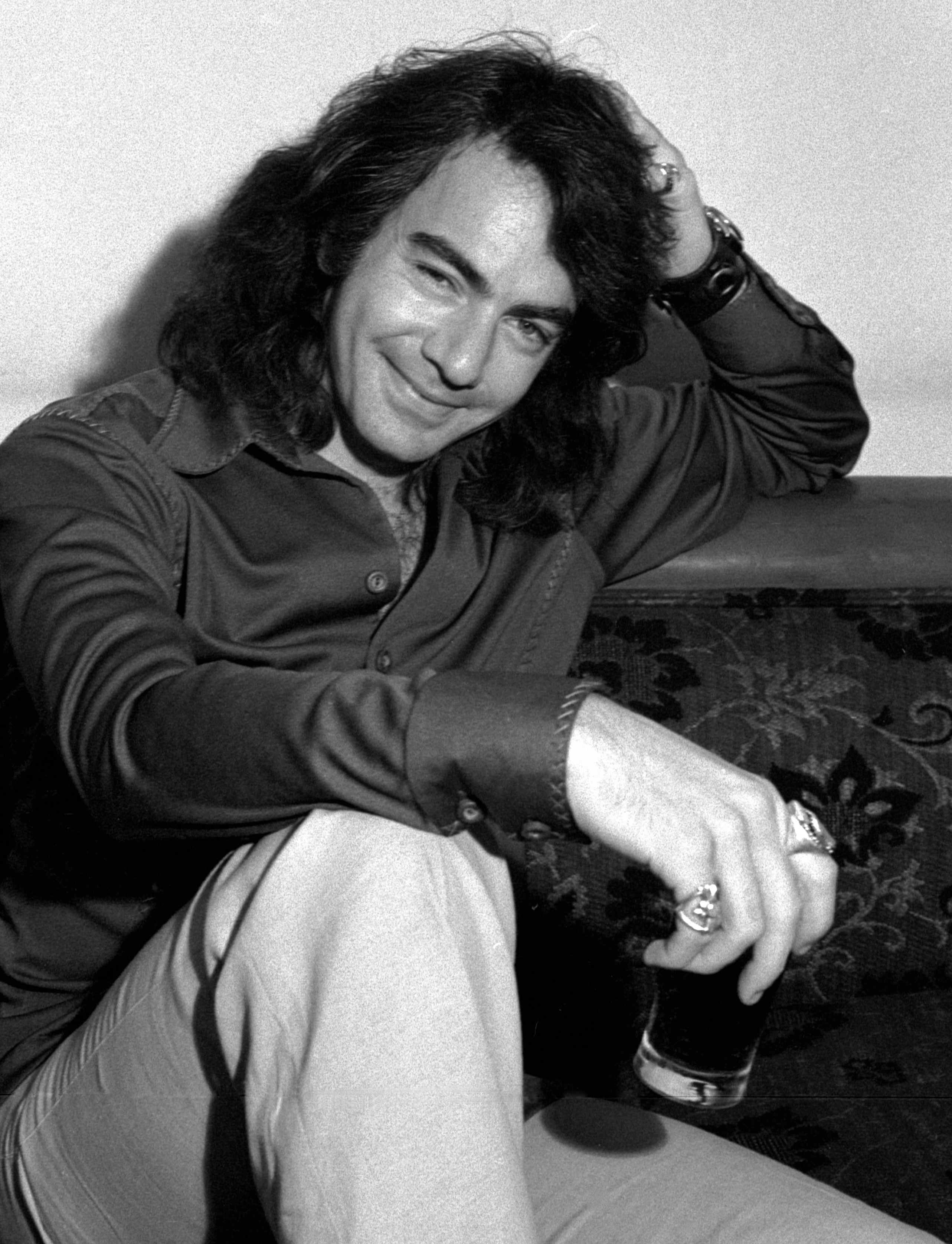
The singer is photographed before his one man show at the Winter Garden in New York City in October 1972 | Source: Getty Images
From Brooklyn Dreams to Global Fame
He was born on January 24, 1941, in Brooklyn, New York, and grew up in a Jewish family. Music captured his attention early. He learned to play the guitar, wrote songs as a teenager, and began performing in small New York City clubs after college. He also spent time in the Brill Building, where many aspiring songwriters of the era tried to place their work with publishers.
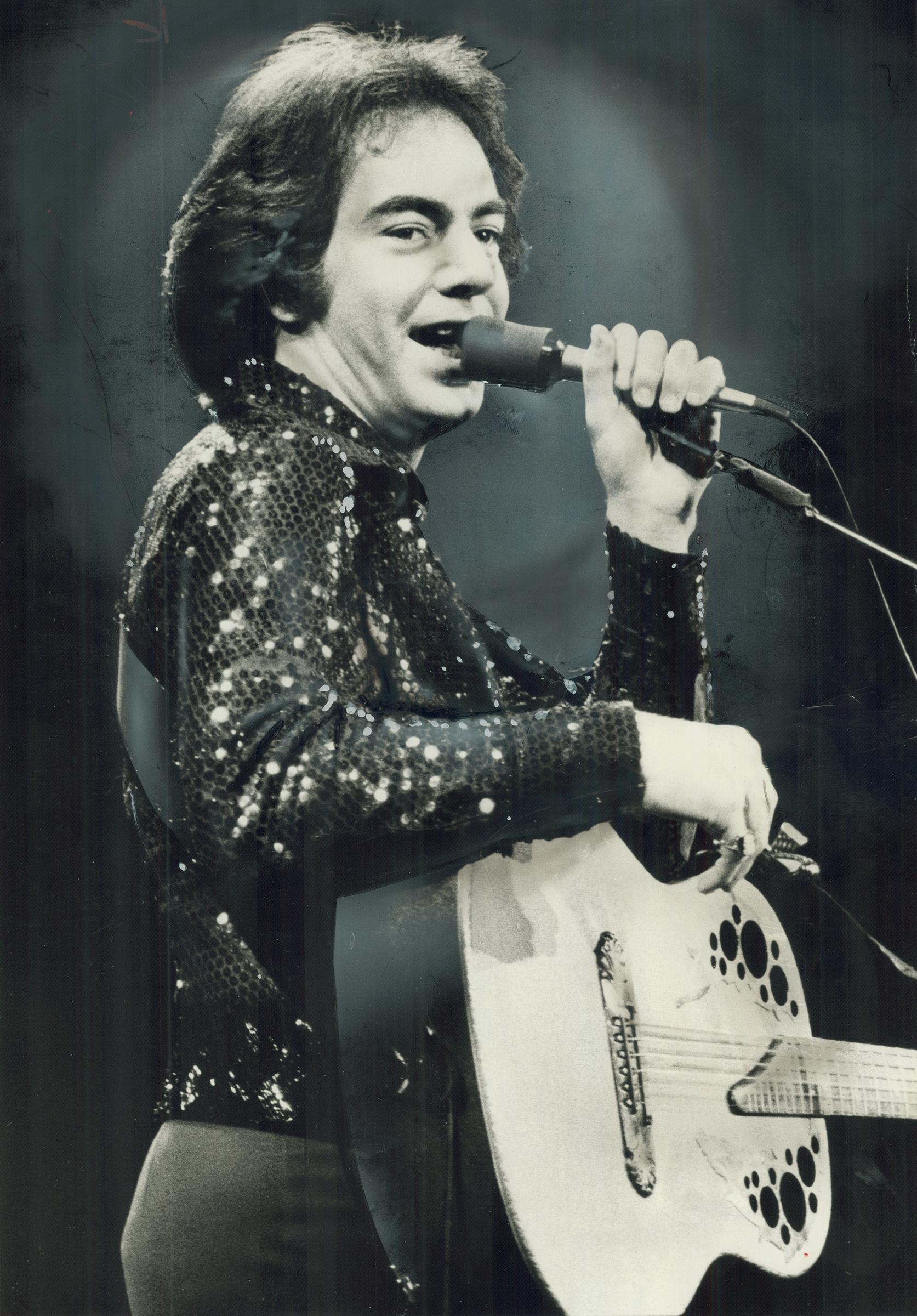
The singer performs on stage on October 22, 1976 | Source: Getty Images
His breakthrough came in the mid-1960s when two singles, "Solitary Man" and "Cherry, Cherry," caught the public's attention. Around the same time, producers for The Monkees heard his music and recorded several of his songs, including "I'm a Believer," which became a major hit and helped launch his songwriting career.
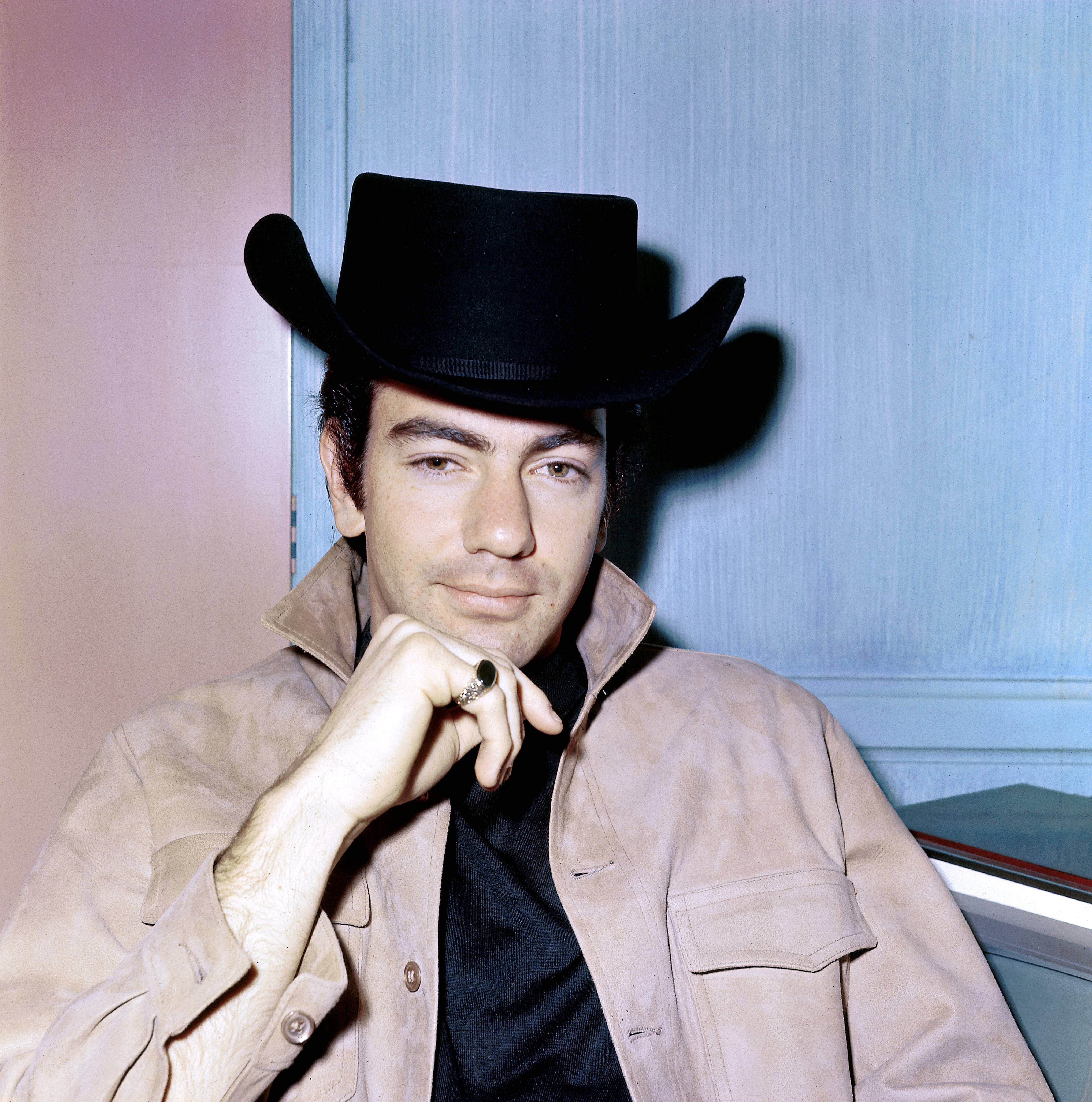
Portrait of the singer, circa 1960 | Source: Getty Images
He later noted that the rise of artists such as The Beatles and Bob Dylan gave songwriters like him a chance to step out of the background and into the spotlight. By the late 1960s, he was gaining recognition as both a songwriter and performer.
During the 1970s, his career grew with singles like "Thank the Lord for the Night Time," "Holly Holy," "Sweet Caroline," "Cracklin' Rose," and "Song Sung Blue." His 1978 duet with Barbra Streisand, "You Don't Bring Me Flowers," added to his success.
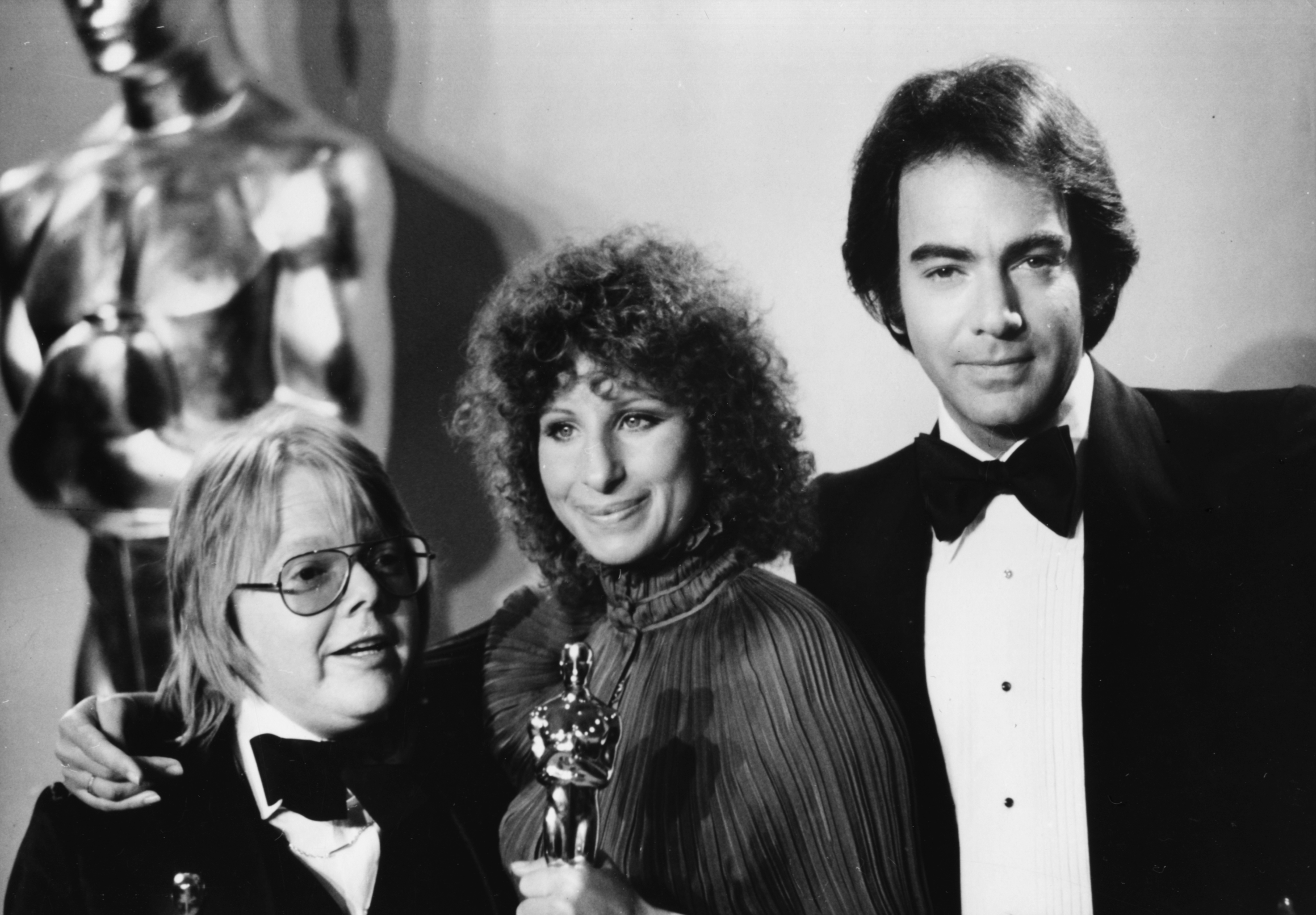
Paul Williams and Barbra Streisand hold their Oscars for Best Original Song alongside the legendary musician who was the presenter for the occasion, on March 28, 1977 | Source: Getty Images
Through the 1980s and 1990s, he became one of the world's top touring artists, often performing to sold-out arenas and stadiums. Due to his heritage and his commanding presence on stage, he earned the nickname "the Jewish Elvis."
He even revisited the small venues that launched his career, including the Bitter End in Greenwich Village. "It was my beginning. It was right here," he said. After decades of constant travel, recording, and applause, the rhythm of his life suddenly changed.
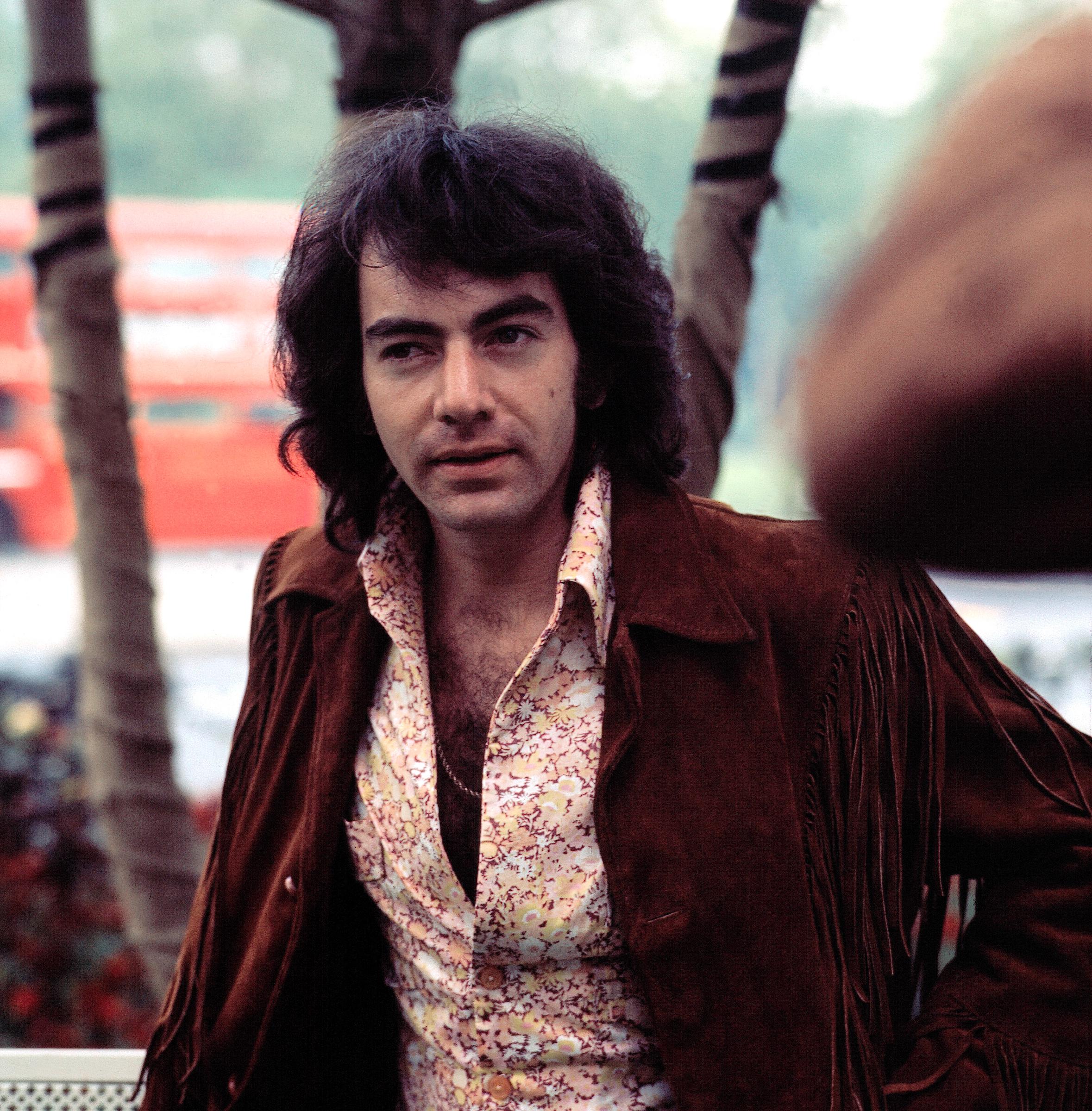
Portrait of the singer, dated June 21, 1971 | Source: Getty Images
The Diagnosis That Stopped the Music
In January 2018, the iconic performer announced he had been diagnosed with Parkinson's disease. On the advice of his doctors, he retired from concert touring. The third leg of his 50th Anniversary Tour, which was scheduled for Australia and New Zealand, was canceled.
He stated, "It is with great reluctance and disappointment that I announce my retirement from concert touring. I have been so honored to bring my shows to the public for the past 50 years." He also apologized to fans who had purchased tickets for the canceled performances.

The singer attends the Songwriters Hall of Fame 49th Annual Induction and Awards Dinner on June 14, 2018 | Source: Getty Images
The decision marked the end of his large-scale live appearances. While he stepped away from touring, he continued to write, record, and work on new projects. Following the diagnosis, he began a process of adjusting to his new limitations.
He later revealed that he was in denial for the first year or two after hearing the news. His response to the doctor was, "Oh, okay. I'll see you, you know, whenever you wanna see me. But I have work to do, so I'll see you later." Over time, that resistance gave way to gradual acceptance.

The singer is seen at Los Angeles International Airport on November 19, 2018 | Source: Getty Images
In a 2023 interview, he described having a new sense of peace. Life had become quieter, and he had grown gentler with both himself and those around him. The recording studio in Los Angeles, filled with decades of plaques and awards, became his sanctuary.
He visited regularly, finding comfort in singing and maintaining a connection to the career that had defined his life for so many years. Even without the roar of a crowd, music remained his constant. When he sang, his mind and body felt in sync, and that sensation continued to bring him joy.
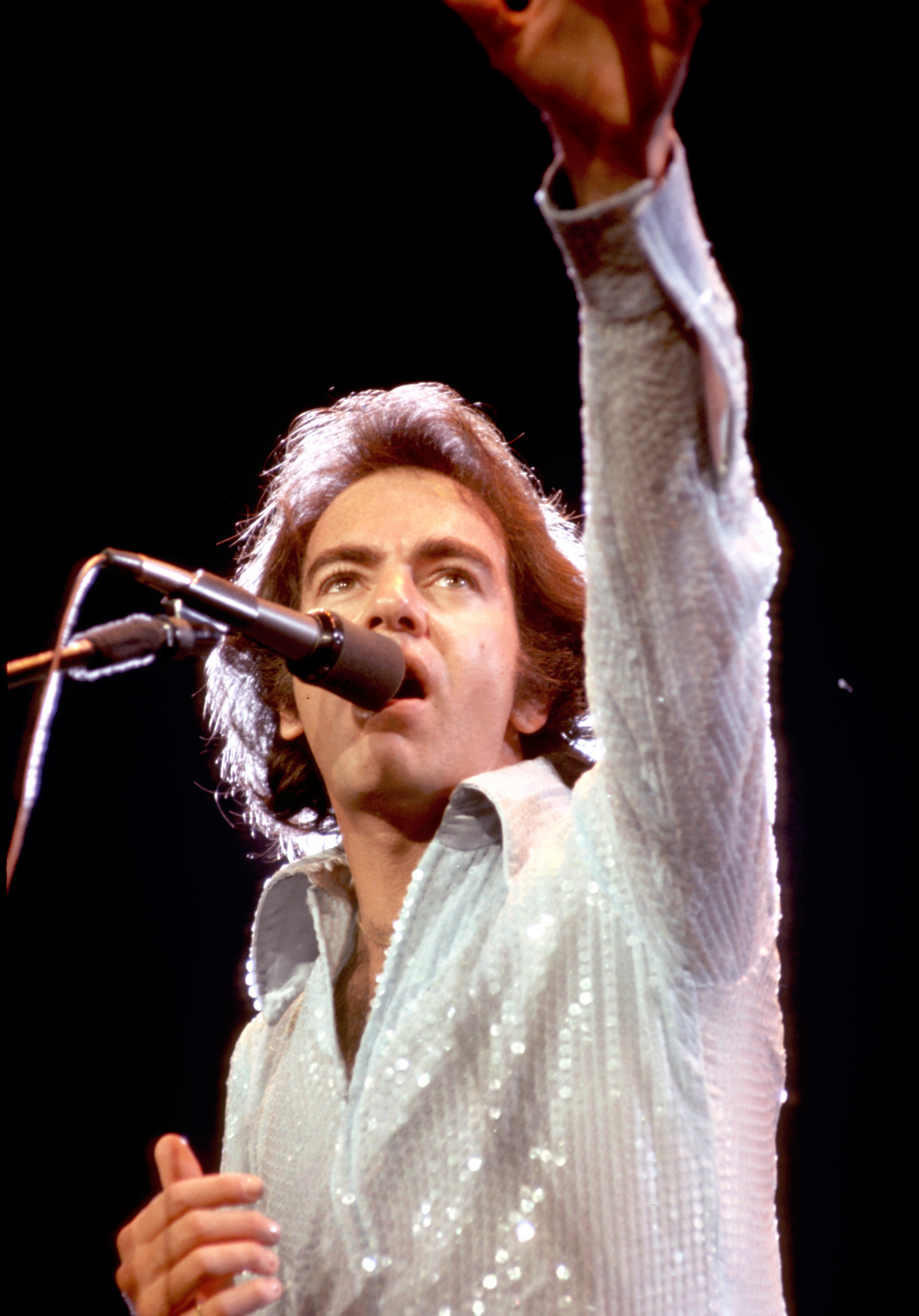
The singer performs onstage, circa 1977 | Source: Getty Images
Understanding Parkinson's Disease
Parkinson's disease is a movement disorder of the nervous system that worsens over time. The nervous system is a network of nerve cells that controls many parts of the body, including movement. Symptoms usually develop slowly. The first sign is often easy to miss — a slight tremor in one hand, foot, or the jaw.
Tremor is common, but the disease can also make muscles stiff, slow a person's movements, and affect balance, which raises the risk of falls. In its early stages, a person's face may show little or no expression, their arms may stop swinging naturally while walking, and their speech can become soft or slurred.
These symptoms gradually progress, and daily tasks can become more challenging as the years go on. Although Parkinson's disease cannot be cured, medicines can improve symptoms, and some patients may benefit from surgery that targets specific parts of the brain to help with movement. Several factors increase the risk of developing Parkinson's disease.
Age is the most significant, with most cases beginning at 50 or older and an average onset around 70. It is rare in people under 50, and when it does appear, it is called early-onset Parkinson's disease. Having a parent or sibling with the condition can raise the risk, though it remains low unless multiple close relatives are affected.
Men are more likely than women to develop the disease, and long-term exposure to herbicides or pesticides may slightly increase risk. For Neil Diamond, the condition meant an end to the grueling pace of touring, but it did not take music out of his life.
A New Stage: Broadway and Beyond
Even after retiring from the road, Diamond found ways to stay connected to his audience. In recent years, much of that connection has come through "A Beautiful Noise," the Broadway musical based on his life and music. When he attended the opening night, he led the theater in a chorus of "Sweet Caroline," and later described feeling surrounded by love.
The show gave Diamond a chance to watch his own story unfold from a seat in the audience. He admitted that seeing his life on stage was at times flattering and frightening, but he wanted it told "warts and all." Away from the bright lights of touring, moments like these let him share his music without the physical demands of a full concert schedule.
As of 2025, Diamond, at 84, occasionally appears with the musical's cast. Photos and videos posted to Instagram show him seated in a theater, smiling and speaking with the young performers who gather around him. In one clip, he stretches his arms wide as the group listens and laughs. In another, he waves to fans who hold up their phones to capture the moment.
These smaller, more personal appearances have replaced the stadium tours of his past, allowing Diamond to enjoy the music in a new way. They also offer a glimpse of the enduring bond between the singer and the people who have been singing along to his songs for decades.
Diamond has often expressed gratitude for the career that gave him decades of connection with audiences. He has said that although Parkinson's disease has limited his movement, it has not taken away his ability to sing or his appreciation for the life that music has built for him.
The information in this article is not intended or implied to be a substitute for professional medical advice, diagnosis or treatment. All content, including text, and images contained on news.AmoMama.com, or available through news.AmoMama.com is for general information purposes only. news.AmoMama.com does not take responsibility for any action taken as a result of reading this article. Before undertaking any course of treatment please consult with your healthcare provider.
